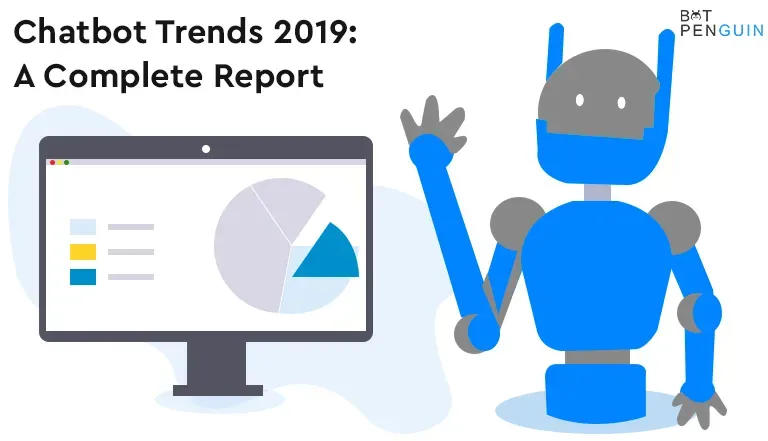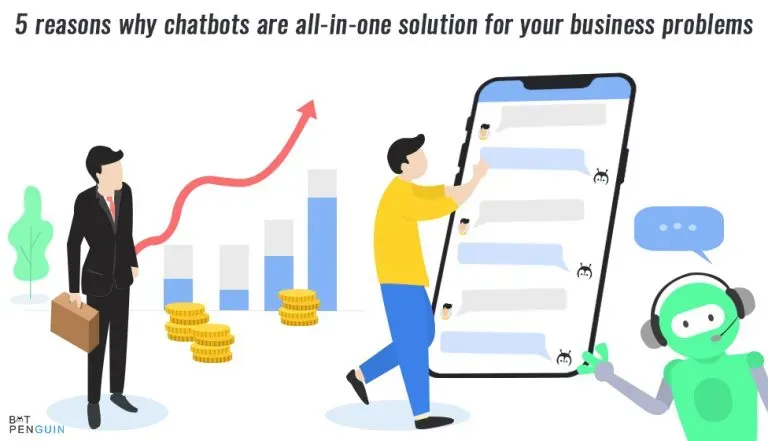ChatGPT, developed by OpenAI, is an advanced language model that utilizes the GPT-3.5 architecture to provide human-like responses to various prompts. With its ability to understand and generate coherent text, ChatGPT has garnered significant attention and curiosity. This article will delve into the seven most pressing questions surrounding this powerful language model, illuminating its workings and capabilities.
Since its inception, ChatGPT has made significant strides in natural language processing. It is trained on a vast corpus of text data, enabling it to grasp the nuances of language and produce contextually appropriate responses. With a staggering 175 billion parameters, it surpasses its predecessor, GPT-3, in size and complexity.
As we explore the questions surrounding ChatGPT, we will unravel its inner workings, including its training process, architectural design, and limitations. We aim to enhance our understanding of ChatGPT and its impact on various domains by answering these pivotal queries.
Your Top 7 ChatGPT Queries Are Addressed Here
ChatGPT is indispensable nowadays for everyone today. But curiosity comes with queries.
So here are 7 top queries addressed below:
Question 1: How Does ChatGPT Work?
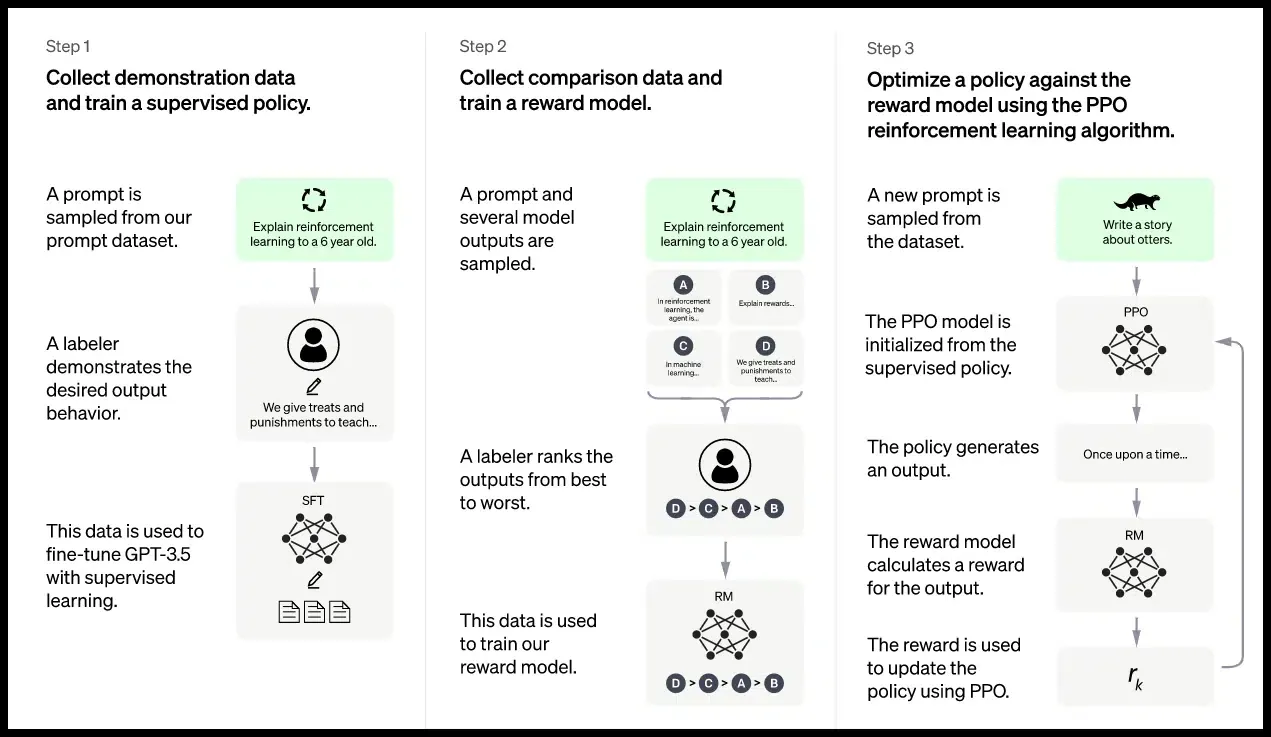
ChatGPT is based on a deep learning technique called a transformer neural network.
This architecture comprises multiple self-attention mechanisms that enable the model to capture the context of a given input prompt.
These attention mechanisms allow the model to assign different weights to different words in the input, considering their relevance to generating accurate responses.
During training, ChatGPT employs a process known as unsupervised learning.
It learns from various internet text sources, attempting to predict the next word in a sentence based on the preceding context.
This process helps the model understand grammar, semantics, and context, allowing it to generate coherent responses.
In addition to the transformer architecture and unsupervised learning, ChatGPT goes through a two-step process called pretraining and fine-tuning.
During pretraining, the model learns from a massive dataset containing parts of the Internet to develop a broad understanding of language.
It predicts missing words in sentences, considering the surrounding context. This phase helps the model learn grammar, facts, and reasoning abilities.
After pretraining, the model goes through fine-tuning, which involves training the model on a more specific dataset generated with the help of human reviewers.
These reviewers follow guidelines provided by OpenAI and review and rate possible model outputs for a range of example inputs.
The model then generalizes from this feedback to respond to various user queries.
It's important to note that while ChatGPT strives to provide helpful and accurate information, it may sometimes generate incorrect or biased responses.
OpenAI continues to work on improving the system and reducing these limitations.
Question 2: What Is the Training Process for ChatGPT?
The training process for ChatGPT involves a two-step approach. Initially, a large dataset is compiled from various sources, such as books, websites, and articles.
The data is then preprocessed and fed into the model. During training, the model learns to predict the next word in a sentence, given the previous words, using "unsupervised learning."
OpenAI utilizes a massive amount of computational resources to train ChatGPT effectively.
Training such a large model with 175 billion parameters requires significant computational power and time. The model undergoes multiple iterations of training, optimizing its parameters to improve its performance on various language tasks.
Question 3: What Are the Strengths and Limitations of ChatGPT?
ChatGPT exhibits remarkable strengths in generating coherent and contextually appropriate responses.
It can understand and respond to various prompts, including questions, commands, and prompts for creative text generation.
Its ability to incorporate context and generate detailed responses makes it valuable for various applications, such as customer support, content generation, and educational purposes.
However, ChatGPT does have certain limitations. It can sometimes produce plausible-sounding but incorrect or nonsensical answers.
The model's responses heavily rely on the training data it has been exposed to, and it may generate biased or inappropriate responses due to biases present in the training data.
Additionally, ChatGPT may need help understanding complex queries, maintaining consistency over long conversations, and explaining its responses.
Question 4: How Does OpenAI Address Biases in ChatGPT?
OpenAI acknowledges the issue of biases in language models like ChatGPT. They try to reduce glaring and subtle biases during the model's training process.
They employ pre-training and fine-tuning stages to mitigate biases and ensure fair behavior.
During fine-tuning, OpenAI provides guidelines to human reviewers to identify and avoid biases in their assessments.
OpenAI maintains an ongoing relationship with these reviewers, clarifying and addressing questions to improve the model's performance over time.
OpenAI is also committed to soliciting public input and seeking external audits to ensure transparency and accountability in addressing biases.
They strive to improve the clarity of guidelines provided to reviewers and make the fine-tuning process more understandable and controllable.
Suggested Reading:
Question 5: How Can ChatGPT be Used Responsibly?
Using ChatGPT responsibly involves recognizing its limitations and potential risks.
OpenAI encourages users to exercise caution when utilizing the model and to avoid deploying it for malicious purposes or spreading misinformation.
Users are advised to be aware of potential biases, verify information independently, and consider the ethical implications of generating content through language models.
OpenAI also provides guidelines and resources for developers to implement safeguards and review mechanisms to ensure the responsible use of ChatGPT.
Encouraging public awareness, scrutiny, and feedback is vital in fostering the responsible deployment of language models like ChatGPT.
Question 6: What Are the Ethical Considerations Surrounding ChatGPT?
ChatGPT raises several ethical considerations, primarily concerning potential misuse and amplifying existing biases.
Language models can be exploited to generate misleading or harmful content, spreading misinformation and deepening societal divisions.
OpenAI acknowledges these concerns and aims to balance enabling access to the technology and preventing misuse.
They prioritize safety and ethical guidelines in developing and deploying ChatGPT, engaging with external experts, soliciting public input, and encouraging research on the societal impact of language models.
Suggested Reading:
Question 7: What Are the Potential Use Cases for ChatGPT?
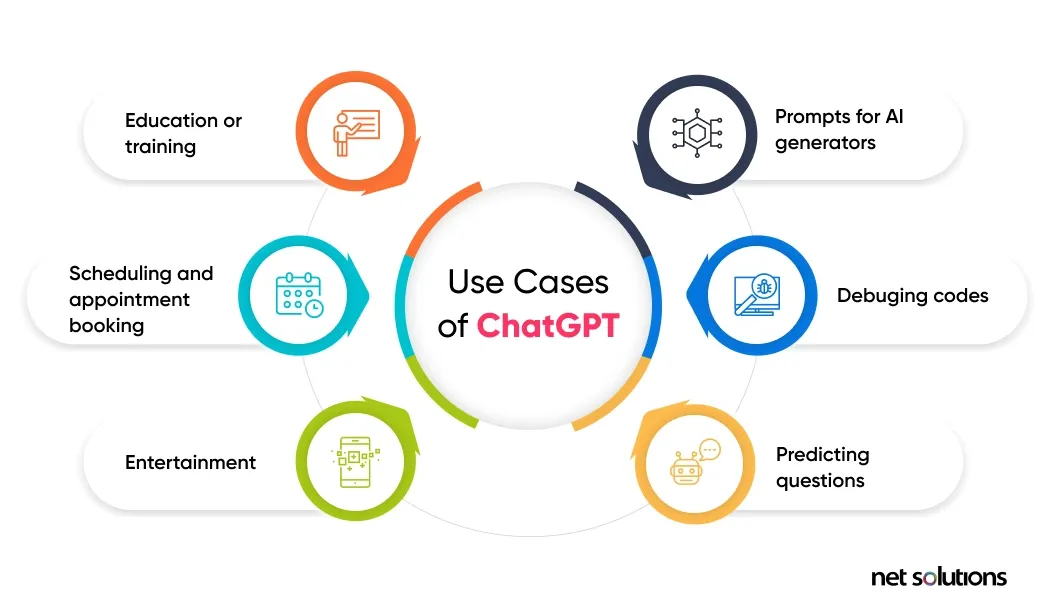
ChatGPT has a wide range of potential applications across various domains. It can enhance customer support experiences by providing personalized responses and addressing common queries.
Content generation, such as drafting emails or writing articles, can be automated using ChatGPT.
It can also be a valuable educational tool, offering explanations, tutoring, or interactive learning experiences.
Moreover, ChatGPT has the potential to aid in research and development, accelerate the process of scientific discovery, and assist in natural language understanding tasks.
However, the responsible and ethical deployment of ChatGPT is crucial to ensure its positive impact and avoid unintended consequences.
And if beginning with ChatGPT is your challenge then meet BotPenguin- the home of chatbot solutions and the pro at serving ChatGPT solutions:
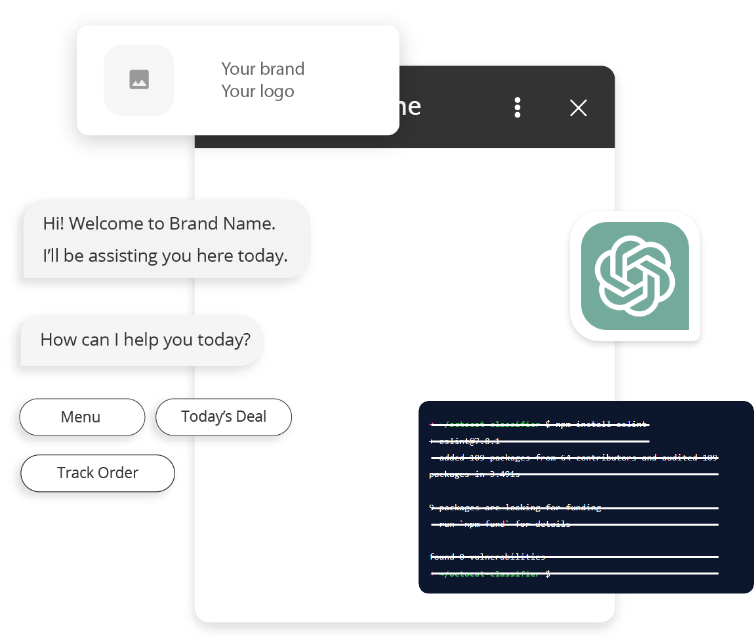
Future of ChatGPT
The future of ChatGPT is bright, potentially impacting various industries in significant ways.
As technology advances, we can expect more advanced language models capable of generating more realistic responses.
ChatGPT could power virtual assistants to interact with users naturally and intuitively, improving user experiences and increasing productivity.
We can also see ChatGPT being used in more industries, such as healthcare, where it could improve patient outcomes and reduce costs.
Conclusion
ChatGPT, powered by the GPT-3.5 architecture, is a remarkable language model revolutionizing human-computer interactions.
By answering the seven biggest questions surrounding ChatGPT, we have gained insights into its workings, training process, strengths, limitations, and ethical considerations.
While ChatGPT offers tremendous potential across various applications, it is essential to address its limitations, such as biases and potential misuse.
OpenAI's commitment to responsible deployment, ongoing improvements, and engagement with the public and external experts reflects their dedication to creating a beneficial and trustworthy AI system.
As the field of natural language processing continues to advance, exploring the capabilities and implications of language models like ChatGPT becomes increasingly important.
By fostering responsible development, collaboration, and critical examination, we can harness the potential of language models while ensuring their alignment with societal values.

